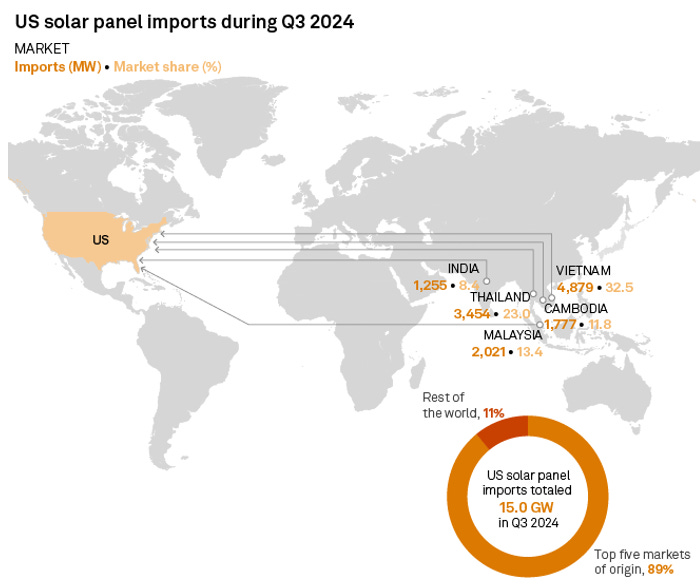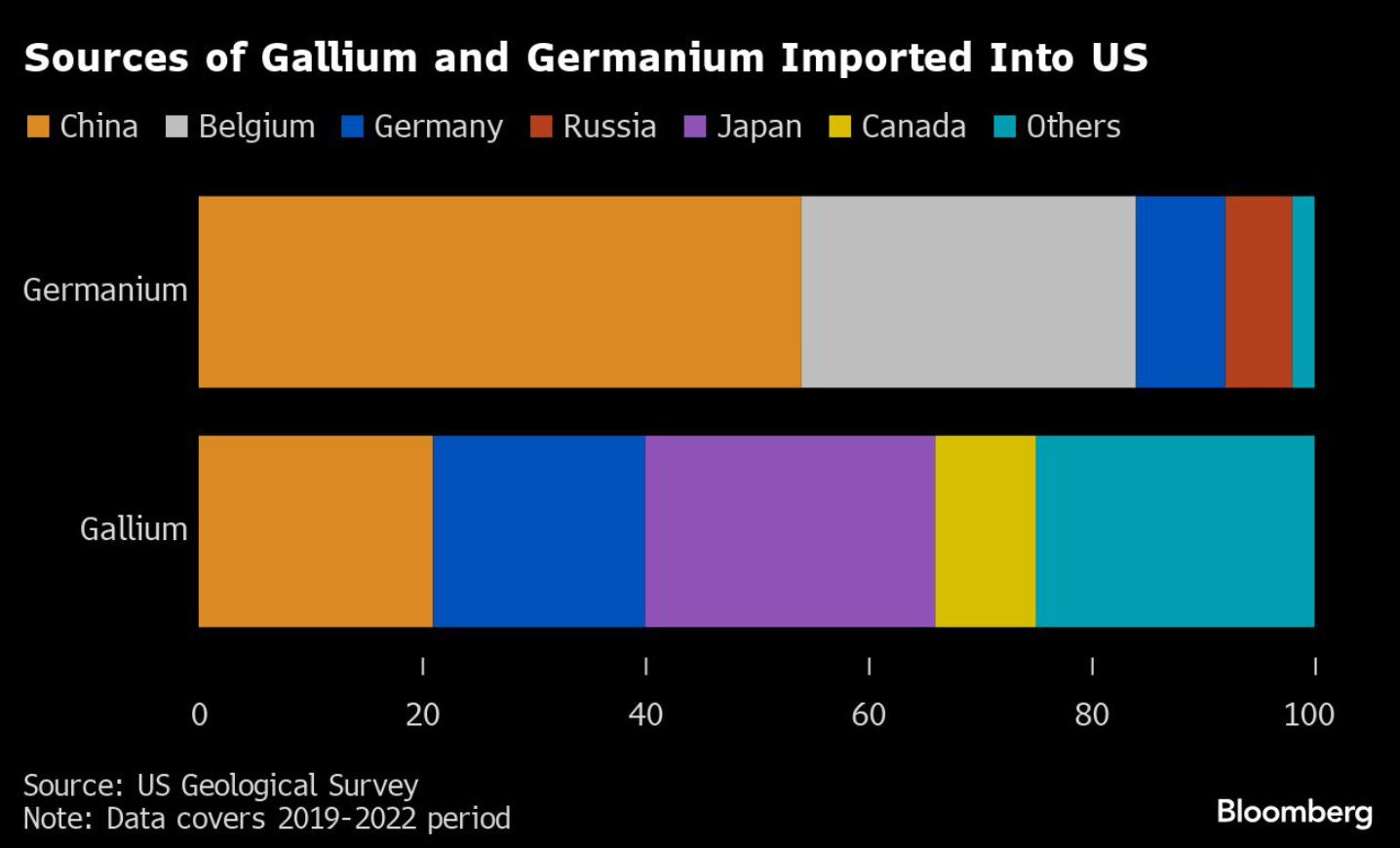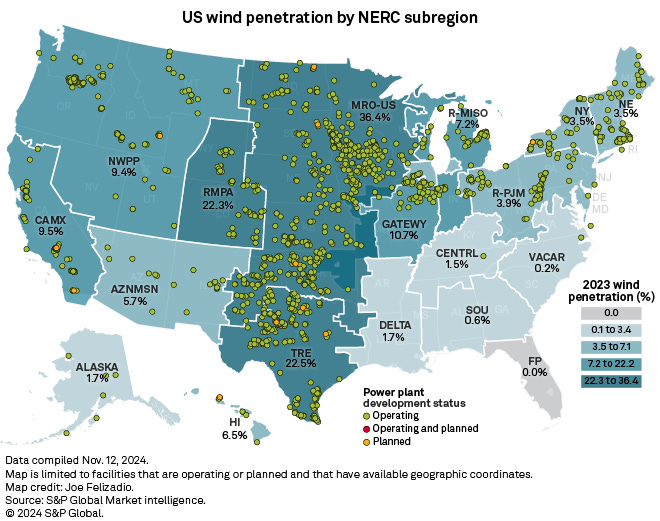Climate Diplomacy and Energy Policy
COP29 and Its Global Implications
The 29th Conference of the Parties (COP29) for the United Nations Framework Convention on Climate Change (UNFCCC), held in Azerbaijan, marked a critical moment for global climate diplomacy. Representatives from nearly every nation converged to tackle this issue, with 2024 on track to be the hottest year in recorded history, exceeding the 1.5°C threshold set by the Paris Agreement nearly 10 years ago. The conference showcased the push-and-pull between national priorities and the need for international cooperation.
Major players like the U.S., China, and the European Union dominated the stage, while smaller nations, of which the Pacific island nations face existential threats from rising sea levels, demanded stronger commitments from wealthy countries. Organizations like the UNFCCC acted as referees in this complex negotiation. A groundbreaking agreement on climate finance promised $300 billion in funding from developing nations to combat climate change. Yet, the applause was tempered by disagreement over emissions reductions and fossil fuel phase-outs. Russia pledged net-zero emissions by 2050 but remained vague on specifics, while China pushed for multilateral solutions. The U.S., overshadowed by President-elect Donald Trump’s incoming administration, offered little more than vague assurances.
The ripple effects for the energy sector are massive. The climate finance deal could turbocharge renewable energy projects in developing nations, ushering in a new era of green energy in regions previously reliant on fossil fuels. In the U.S., though, uncertainty reigns. If Trump rolls back green energy incentives as promised, domestic progress could stall, leaving China to dominate the clean-tech race. On the global stage, a weakened U.S. role in climate diplomacy risks ceding influence to China and the EU.
From a foreign policy angle, the stakes couldn’t be higher. Climate change is no longer just an environmental issue; it’s a security challenge. Resource scarcity and climate-induced migration are already stoking tensions worldwide. The melting of sea ice is opening new shipping lanes in the Arctic, creating another space for geopolitical competition. Without a robust U.S. presence in climate initiatives, the chances of meaningful global cooperation diminish, leaving critical gaps in leadership at a time when the world needs it most.
Energy Politics in the United States
Back in the U.S., the energy sector is bracing for seismic shifts as Donald Trump gears up for his second term. His administration has vowed to undo many of the Biden administration’s initiatives, including scrapping the $7,500 EV tax credit and dismantling key provisions of the Inflation Reduction Act (IRA). These policies, touted as saving traditional energy jobs, could derail the green energy boom that has already created over 330,000 jobs and $265 billion in new investment.
This domestic pivot is happening against the backdrop of a tech cold war, with energy policy as one of its sharpest weapons. Trade tensions with China have escalated dramatically, fueled by Beijing’s decision to tighten export controls on critical minerals like gallium and germanium. These materials are essential for advanced semiconductors and clean technologies, such as solar panels and batteries for renewable energy storage, and China’s move is widely viewed as retaliation for U.S. sanctions on its tech sector. As nations race to control clean-tech supply chains, energy policy has become a key battleground in this geopolitical chess match.
The rollback of green incentives could have significant consequences. The IRA’s provisions have driven a boom in EV manufacturing, battery production, and renewable energy projects, many in states that voted for Trump. Reversing these incentives risks not only stalling progress but also undermining job creation and economic development in areas that have benefited the most. Worse still, it could deepen America’s dependence on Chinese supply chains for critical components, undermining Trump’s stated goal of bolstering U.S. energy independence.

The Cost of U.S. Withdrawal from Climate Initiatives
U.S. withdrawal from the Paris Climate Accords and other international agreements would compromise global climate efforts, eroding trust in the U.S. as a reliable partner and emboldening other nations to relax their commitments. Vulnerable countries, from Pacific island nations to drought-stricken regions in Africa, would face even greater challenges without American support.
For Europe, the loss of U.S. leadership poses a quandary. While the EU has led many climate initiatives, it relies on transatlantic cooperation to amplify its influence. Without the U.S., Europe could struggle to sustain momentum, leaving a power vacuum that China and Russia would be eager to fill. Russia could use climate commitments as a bargaining chip in unrelated disputes, leveraging its newfound credibility in global climate discussions to negotiate sanctions relief or trade concessions.
At home, a withdrawal would stall the U.S. clean energy sector’s growth and cede critical ground to international competitors. States like California and New York, which have aggressive climate goals, would find themselves at odds with federal policy, creating a fractured approach that hampers nationwide progress. The broader consequence? The U.S. risks losing its edge in the clean-tech race, forfeiting not just economic opportunities but also the chance to set global standards in a rapidly evolving industry.
The State of Energy Transition in the U.S.
Despite the political turbulence, the U.S. has made significant strides in its energy transition, thanks partly to the IRA. Over 334 major clean energy and EV projects have been announced in the past two years, creating jobs and driving innovation across the country. Republican-led districts have been some of the biggest beneficiaries, reaping the rewards of wind, solar, and battery technology investments.
For example, Texas leads all other states in green energy production, meeting over a third of its energy needs with wind and solar power. Nationwide, as of 2023, 4% of power is supplied by solar energy, 10% by wind energy, and combined with other sources, renewable energy now supplies 21.4% of America’s electricity. Accounting for the 18.6% of energy generated from nuclear power, 40% of the U.S. power grid is now carbon-free.
But this momentum is far from guaranteed. Political opposition and legal challenges are already causing uncertainty for investors, with a noticeable slowdown in new project announcements. If Trump dismantles the IRA’s key provisions, the progress achieved so far could unravel, leaving communities and industries scrambling to adjust. The stakes are particularly high for workers and regions that have only recently begun to benefit from the clean energy boom.
For them, this isn’t just about policy; it’s about livelihoods and economic stability. Globally, the U.S. remains a key player in the energy transition. While China dominates clean-tech manufacturing, the U.S. excels in innovation and deployment. Balancing these strengths is critical for ensuring a diverse and resilient global energy system. Undermining domestic progress, however, risks tipping the scales in China’s favor, with profound implications for both economic competition and geopolitical stability.
The Future of Energy Policy
Energy policy and climate diplomacy have become two sides of the same coin, with stakes that stretch far beyond environmental concerns. COP29 made it clear: the world is at a tipping point. The decisions made today will determine whether we avert the worst effects of climate change or approach it from a reactive posture.
For the U.S., the challenges are as much political as they are practical. Balancing the demands of traditional energy sectors with the opportunities of renewables, addressing domestic concerns without isolating global allies, and supporting economic growth without sacrificing the planet’s health will require a deft hand and bold leadership. With a new administration about to take power in the United States, the path forward is anything but certain.






